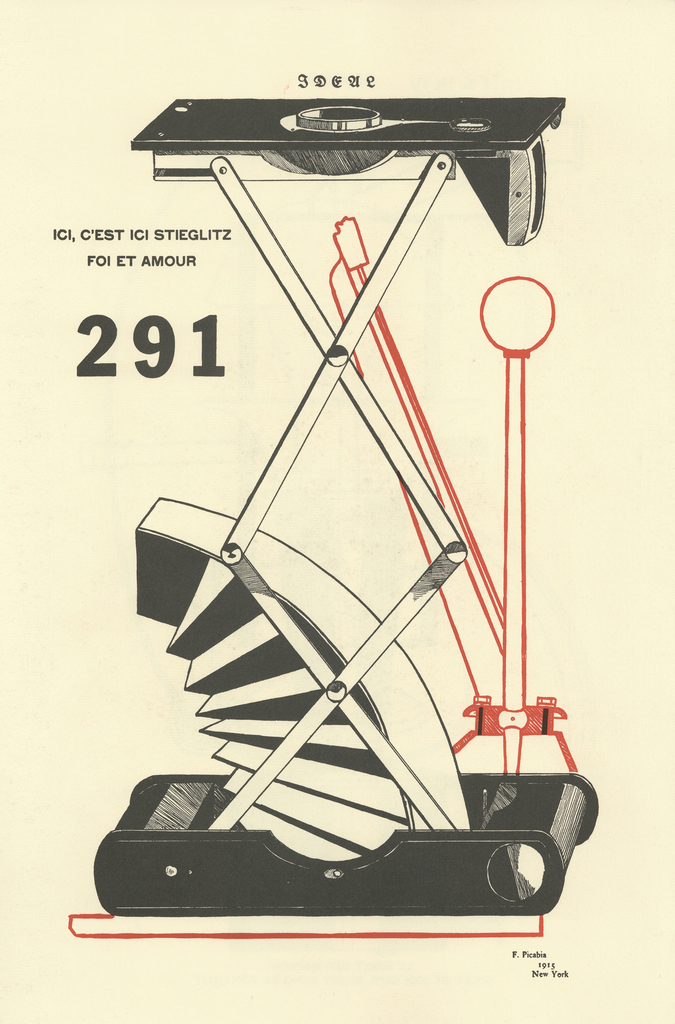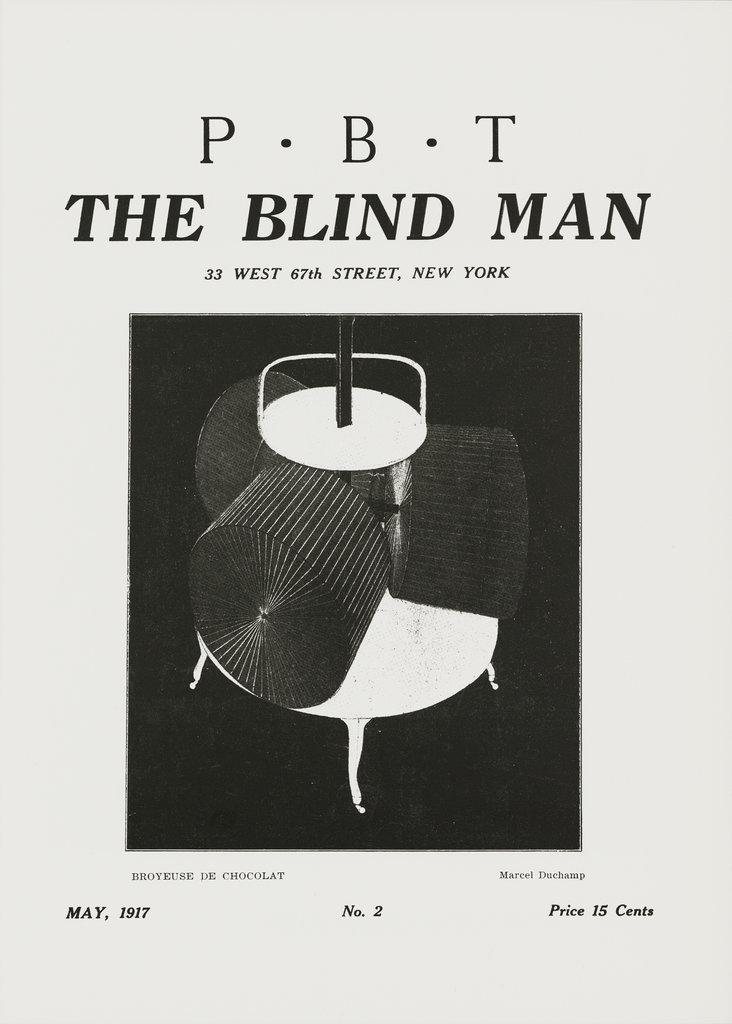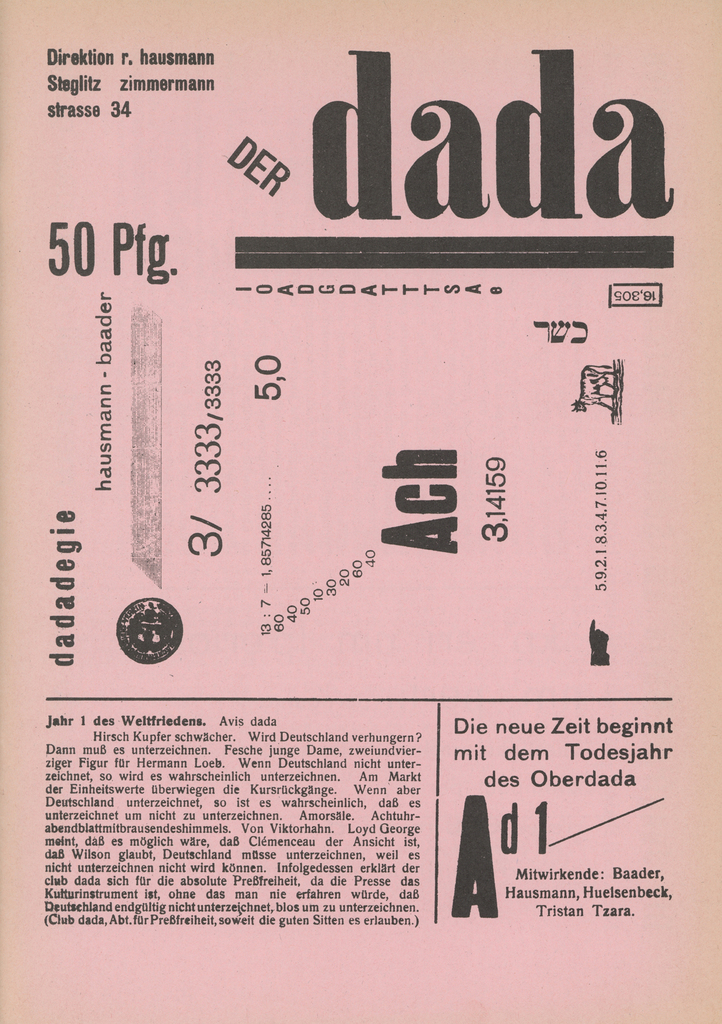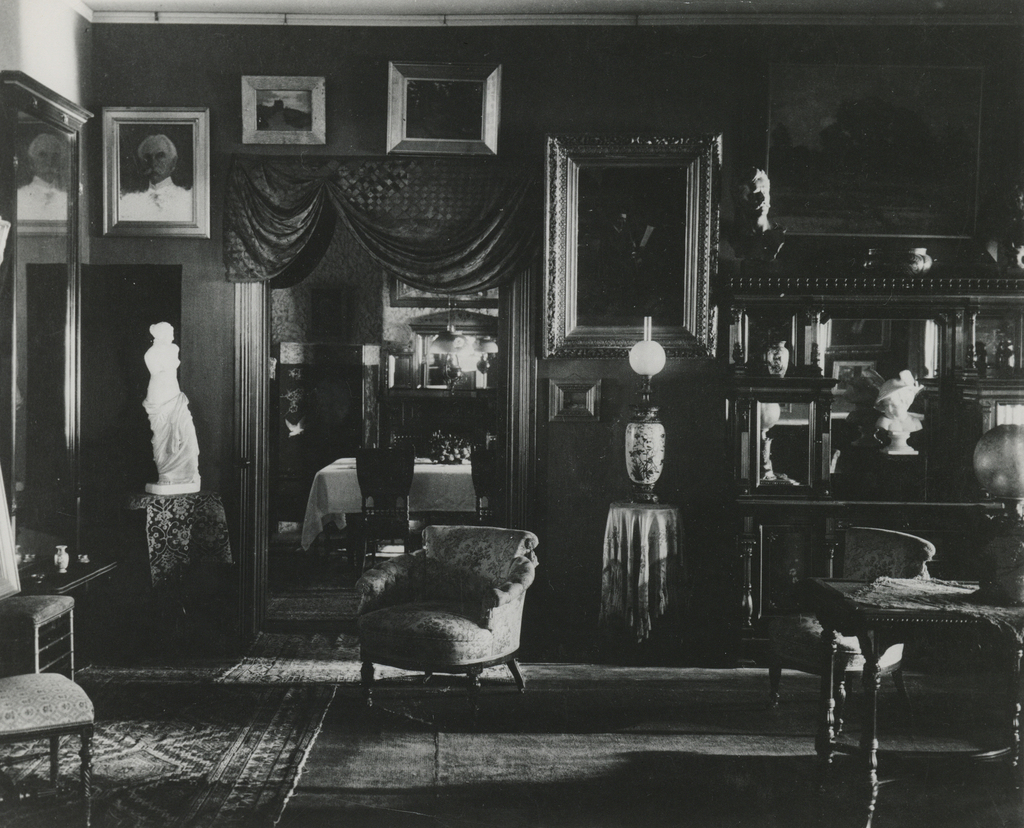Alfred Stieglitz
USA (1864—1946)
Born to a German family in US, Stieglitz was sent back to Berlin to study at the Technische Hochschule. He self-taught photography in Germany and led the Pictorialist movement, while publishing for British magazine Amateur Photographer. Back in US after the death of his sister, he moved to New York, where he became co-editor of the American Amateur Photographer. Soon after he launched his Camera Work quarterly magazine representing the Photo-Secessionist movement. The Little Galleries of Photo-Secession – also known as 291 – became the first place where photography had the same status as paintings. The gallery became the center point of international avant-garde, gathering artists, collectionists and the American elite. Between 1922 and 1935 he focussed on his new creative work and created the Equivalent Series. He also opened the Intimate Gallery and later An American Place. During his career as a photographer and gallery owner, Stieglitz contributed to the success of his wife Georgia O’Keefee.



